
South Dakota DOT’s implementation plan for its Maintenance Decision Support System (MDSS) and Iowa DOT’s study of corn-based deicers recently captured national attention as two of AASHTO’s Sweet Sixteen high-value research projects for 2021. The award recognizes the nation’s top high-value research projects as chosen by state DOT research directors in each of the four AASHTO regions.
In South Dakota, statewide deployment of the MDSS is already yielding operational and safety benefits, with researchers estimating a six-year benefit-cost ratio of 3.25 (including projected reductions in crashes and fatalities).
In Iowa, innovative research identified three promising blends of corn-based deicers that merit further evaluation as environmentally friendly materials that could reduce the use of salt.
The two projects were honored last week at the annual AASHTO Research Advisory Committee meeting, where Michigan DOT also received a Supplemental Award in the Safety category for its study of green strobe lights for improving conspicuity of winter maintenance vehicles. For more on these award-winning projects:
Congratulations to all of the winners!
Image source: South Dakota DOT

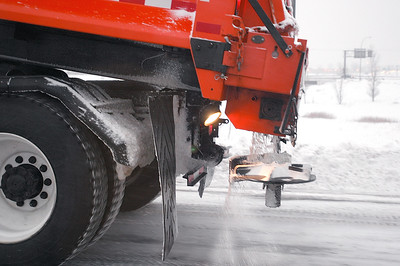
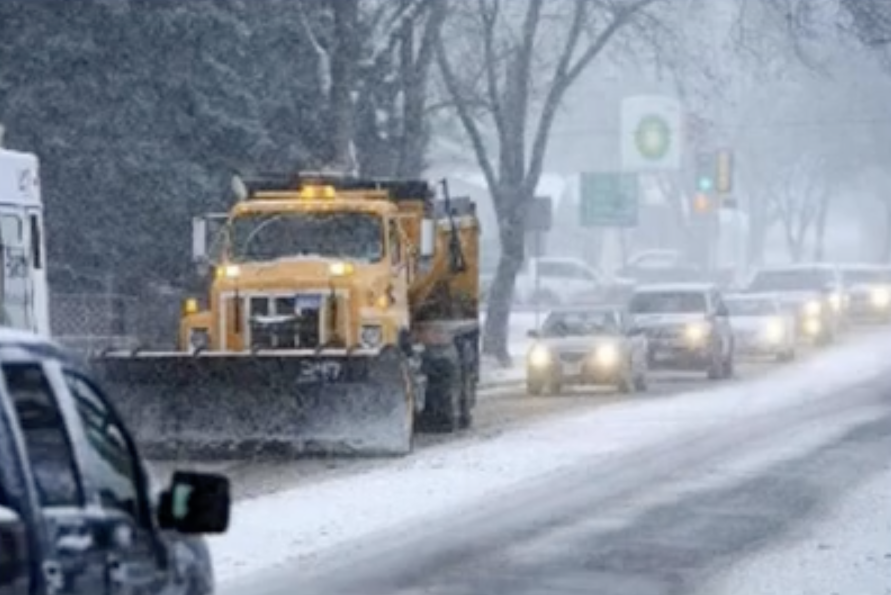

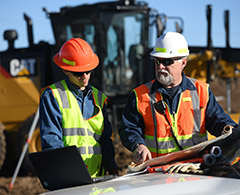
 For maintenance professionals who are looking to expand their qualifications, this summer may be a good time to explore the
For maintenance professionals who are looking to expand their qualifications, this summer may be a good time to explore the 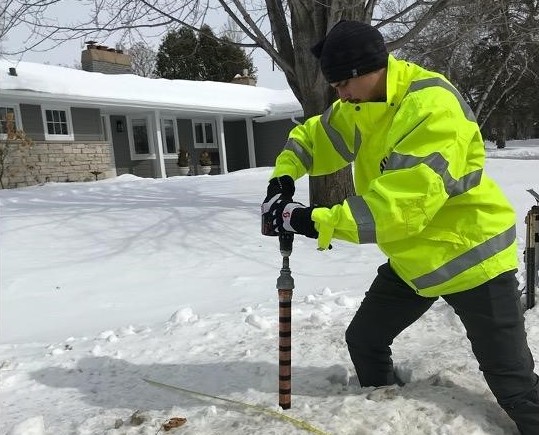
 Road deicing is a major cause of chloride impairment in Minnesota’s urban waters. Aiming to reduce these impacts, Minnesota DOT researchers partnered with the City of Edina to test an adaptive management approach to deicing.
Road deicing is a major cause of chloride impairment in Minnesota’s urban waters. Aiming to reduce these impacts, Minnesota DOT researchers partnered with the City of Edina to test an adaptive management approach to deicing.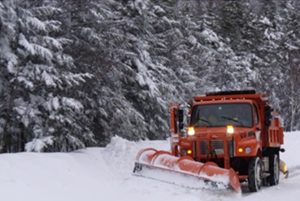
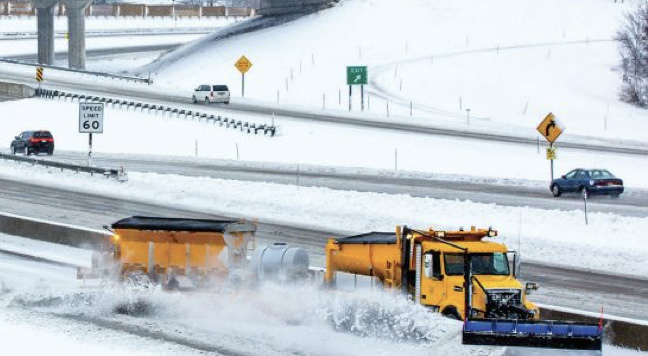
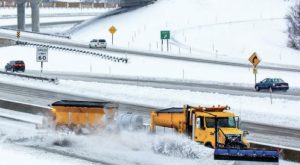 Advanced technologies like mobile sensor systems, video analytics and enhanced maintenance decision support systems (MDSS) have the potential to help transportation agencies advance the state of winter maintenance operations.
Advanced technologies like mobile sensor systems, video analytics and enhanced maintenance decision support systems (MDSS) have the potential to help transportation agencies advance the state of winter maintenance operations.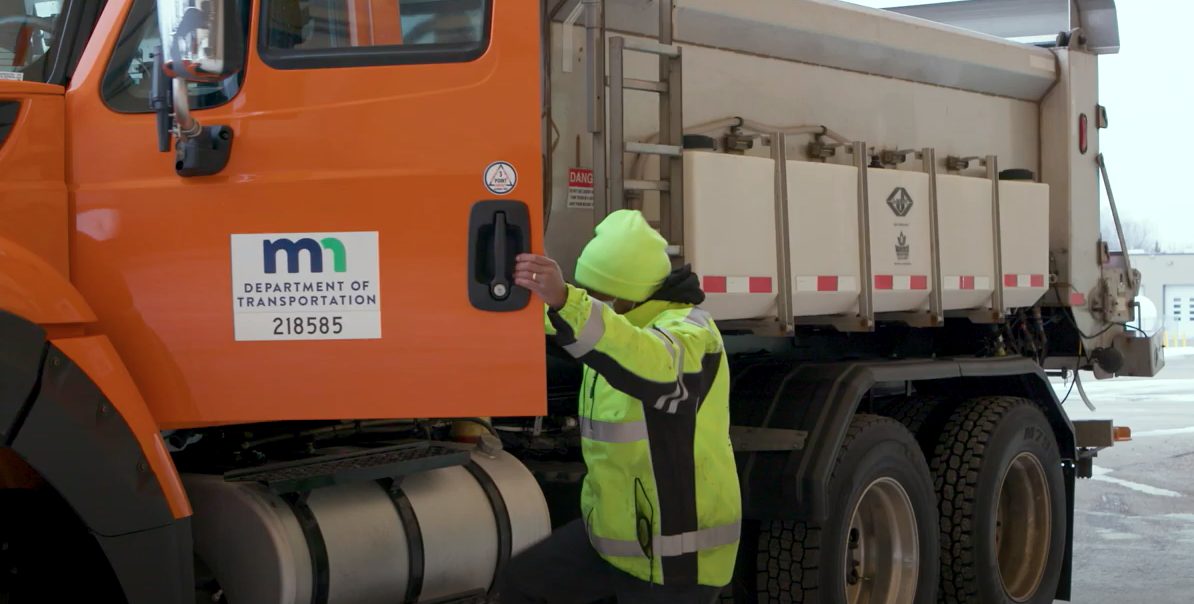
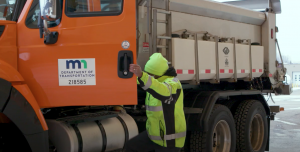 Check out these two new episodes from AASHTO’s
Check out these two new episodes from AASHTO’s 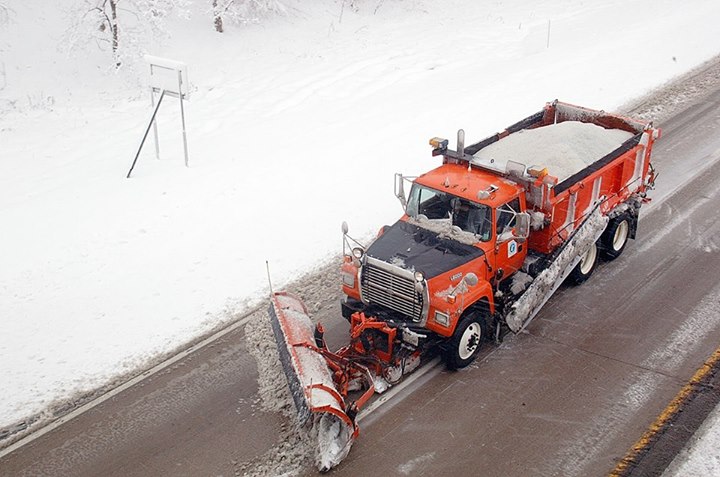
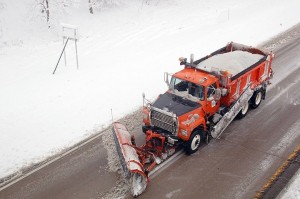 The Clear Roads Technical Advisory Committee met April 13-15 to select research projects for 2021 funding. The TAC selected seven new projects:
The Clear Roads Technical Advisory Committee met April 13-15 to select research projects for 2021 funding. The TAC selected seven new projects: